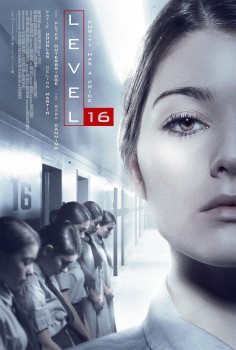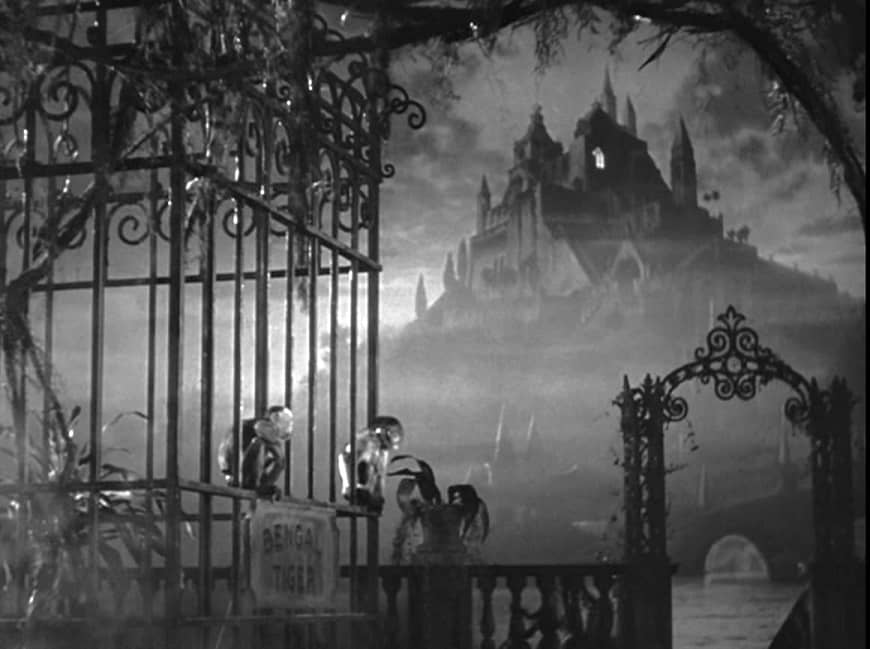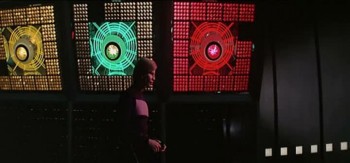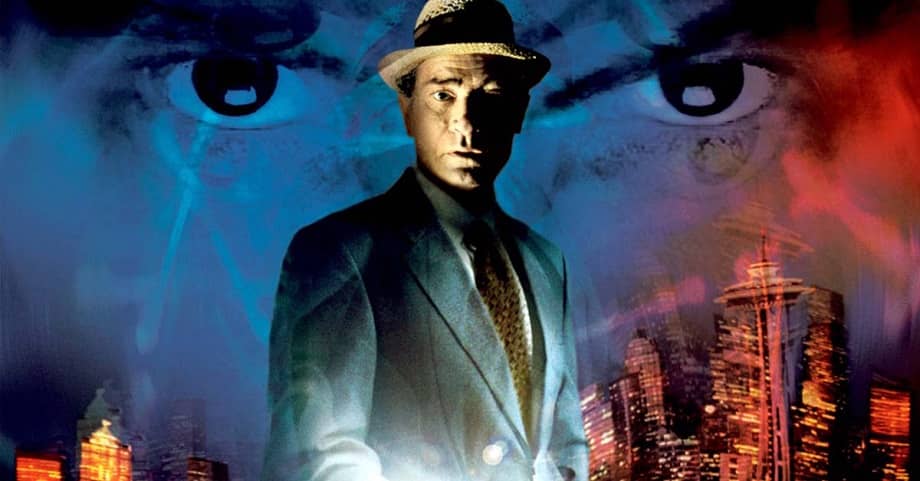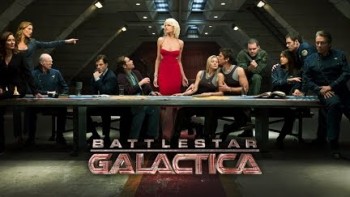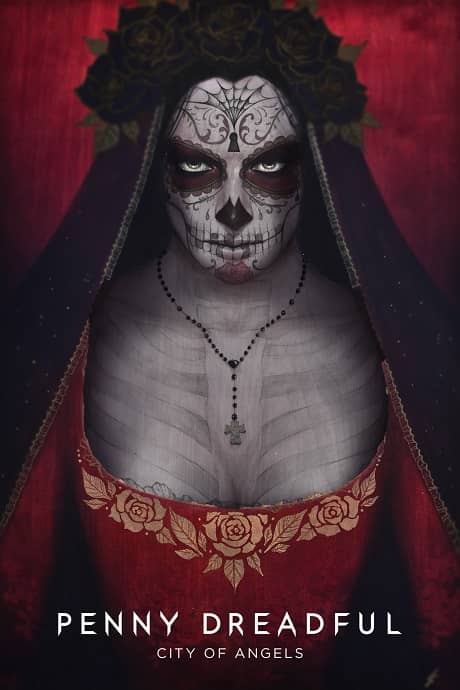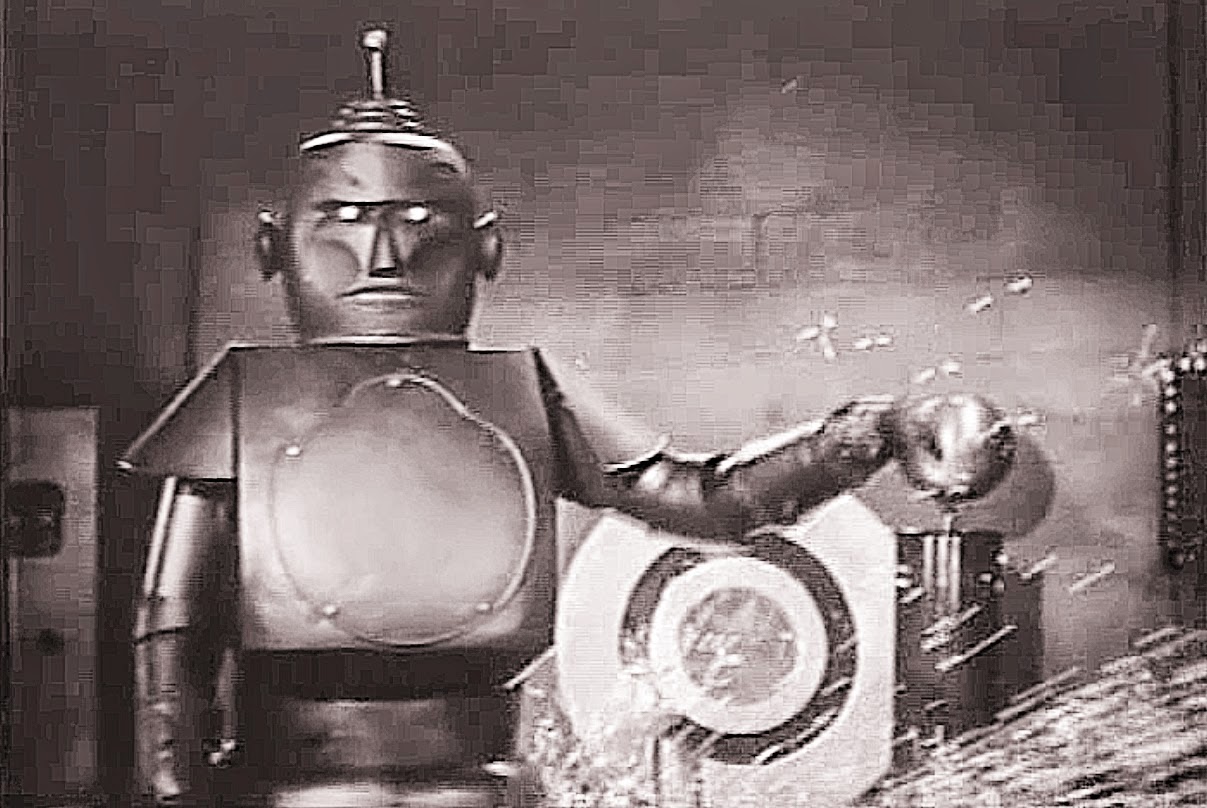Level 16 Movie Review
Good afternoon, Readers!
Last week, I headed out to the Mayfair Theatre in Ottawa (Canada) for a screening of the film Level 16. An aside, the Mayfair is a quaint little theater that has been in operation since 1932. The interior doesn’t seem to have been changed since it’s early days, and the in-house film graphics haven’t changed since the 70’s, I’m certain. Anyway, I figured I could turn the visit into a film review. For true transparency’s sake, I have to state that my flatmate and good friend worked on this film. I guarantee you, though, that I’m being as impartial as I can about it.
Level 16 is a sci-fi thriller (stronger on the thriller than science fiction, though there is enough of the latter to qualify, even if it’s mentioned only briefly) set in a “post-apocalyptic” world (there are reasons for those quotation marks, I promise you). From IMDB:
Sixteen-year-old Vivien is trapped in The Vestalis Academy, a prison-like boarding school, keeping to herself and sticking her neck out for no one. Until she is reunited with Sophia — the former friend who betrayed her. Together the girls embark on a dangerous search to uncover the horrifying truth behind their imprisonment. Soon running for their lives, the girls must save themselves or die trying.
This is a female-led production; a female writer and director (Danishka Esterhazy) with female leads, Vivien and Sophia, brilliantly portrayed by Katie Douglas and Celina Martin respectively.
